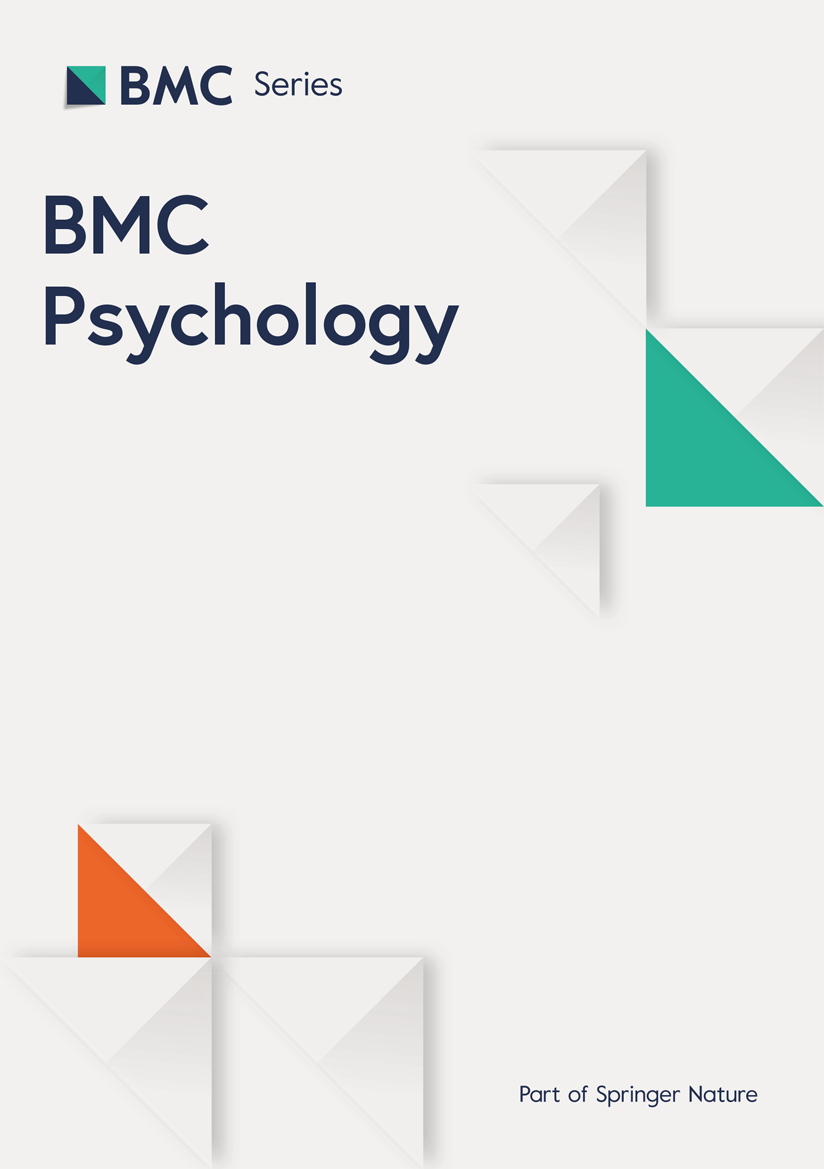Students' Sense of Purpose Tied to College Retention
The number of adults in the U.S. who have attended some college but have yet to earn a certificate or degree has grown to over 43 million. Between January 2022 and July 2023 alone, 2.1 million students left higher ed—a 2.2 percent year-over-year increase, according to new data from the National Student Clearinghouse published today.
Students often leave due to personal reasons or because of financial barriers to postsecondary education. And once they leave, they are less likely to return, largely because they distrust higher education or question the value of a degree, according to a 2024 survey. A lack of financial resources can also impede re-enrollment.
Colleges are working to reduce the number of students who leave and don’t return through strategies including personalized coaching, credit for prior learning and grade forgiveness or academic renewal policies.
Most Popular
Research from the University of Washington at Tacoma explores why students leave college and some of the ways institutions can better support the sense of belonging and engagement on campus to keep them enrolled.
“To me, this is how you put this into action, to be able to say that we’re going to learn from students what we are not doing well and take responsibility for that,” said Amanda Figueroa, associate vice chancellor for career and social mobility at UWT.
The study relied on community partners that contribute to a cradle-to-career collective in the greater Tacoma area. The Foundation for Tacoma Students is the backbone organization, connecting Tacoma public schools, Tacoma Community College and the University of Washington at Tacoma, as well as a local nonprofit, Degrees of Change. These partners helped identify student participants for the study.
Researchers interviewed 56 former students in 2020—33 from the University of Washington at Tacoma and 23 from Tacoma Community College. Students responded to three open-ended questions about their college experience, their decision not to re-enroll and what would motivate them to return.
A majority of participants were female (61 percent), Pell eligible (57 percent) and graduates of Tacoma public schools (55 percent), mirroring enrollment at the institutions.
Through 50-plus interviews, researchers gleaned 19 themes in seven categories that were the key drivers in a student’s decision to leave higher education: sense of purpose and belonging, financial and basic needs, family care and life events, physical health, mental health, classroom experience, and college navigation.
Three in four students cited financial struggles as a reason they left college, ranging from the challenges of living alone to a lack of financial aid, as well as the inability to afford tuition or other expenses and the inability to balance work with coursework. While financial difficulty was the most frequently mentioned struggle, it was not always a student’s primary reason.
Approximately 25 percent of students had a major life change that pushed them to leave college, including care-taking responsibilities, getting married, having a baby or relocating out of state.
Editors' Picks
One in five students had a mental health challenge—including depression, anxiety and substance abuse—and 10 percent had a physical health challenge that impacted their retention.
“A couple weeks into fall quarter, I actually got diagnosed with narcolepsy … I know that you can get accommodations and things at school, but I guess it was just a lot and I didn’t really know how to approach it. I know I talked to them in the disability office or whatever it’s called, but the whole process is kind of confusing to me … I was like, well, I’ll take a quarter off and when I come back I’ll sort that out, but then I just didn’t,” one participant told researchers.
Just over one in four students experienced challenges with college navigation—particularly first-generation students who felt less aware of how to participate in college on a day-to-day basis. Some challenges they described were broad, such as difficulty in understanding their program requirements, but others were more focused; a handful of students said they faced parking challenges or didn’t know how to navigate course registration systems to add or drop classes.
Over half of participants identified lacking a sense of purpose and belonging as a driving factor for leaving college. For some, it was a disconnect between college and their career goals; others said they didn’t feel like they belonged on campus or were disengaged from their peers.
“Some of the students we spoke to were pretty happy with their decision to leave college because it made sense with their own life goal, and that’s a victory,” said Bonnie Becker, associate vice chancellor for student success. “In some cases, it was barriers that we have put up, or barriers that they have encountered that have kept them from realizing their dreams, and that’s something we want to work toward fixing.”
Study participants at Tacoma Community College were more likely to say they didn’t have strong career goals or had determined college wasn’t the right fit for them, while UW Tacoma students were more inclined to say their career goals didn’t require a college degree or they were looking for a residential campus experience. Some students at both institutions transferred because they wanted to study a program not offered at their current college.
“I didn’t really have any idea what I wanted to do. And I think that’s kind of the reason why I didn’t continue with school,” a stopped-out student said. “I really just think that I didn’t have much motivation to be there because I didn’t see what I was actually gaining by being in school. It was just kind of doing what everybody had always told me to do.”
Based on the findings, researchers recommend colleges and universities help build a sense of purpose among students to inspire persistence. While UWT has invested in financial aid, coaching support and other initiatives to reduce stop-outs, the study highlighted opportunities to address ways colleges could nurture students’ aspirations.
A Supportive Return
A study from Texas A&M University, San Antonio, found that students who left higher education and re-enrolled in community college courses after academic dismissal identified college readiness, effective teaching, academic resilience, supportive guidance and assessment of goals as five factors that could impact academic momentum. Read more here.
One challenge institutions face is how to address students’ moment-to-moment survival while also supporting their long-term well-being, Becker said. “There’s this whole untapped blue ocean of opportunities to support students in their long-term flourishing, and to me, that is what the sense of purpose really helps us do.”
In the future, UWT leaders will explicitly incorporate the development of a sense of purpose in high-impact practices—including internships, undergraduate research, capstones and community-based learning.
UWT is creating in-house microinternship opportunities, financially supported by Key Bank, to increase career exploration spaces for students, and has partnered with the American Association of Colleges and Universities to integrate career competencies into lower-level curriculum.
The study also demonstrated a need for more campus engagement opportunities, given how many students said they lacked social integration or connection to peers from similar backgrounds.













